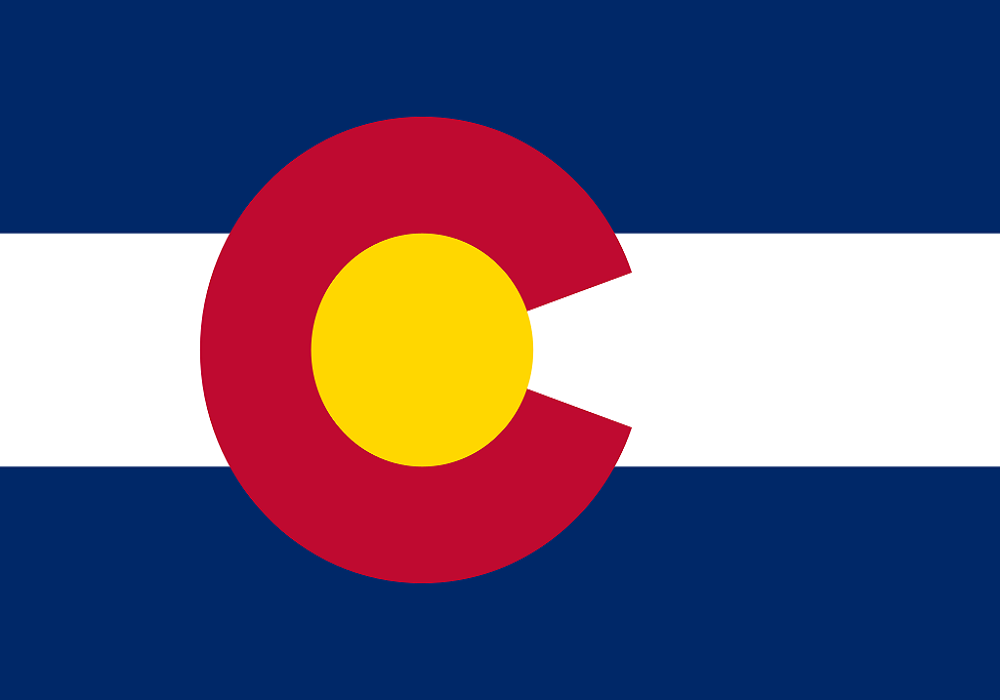C.R.C.P. 18
Annotation I. General Consideration. Law reviews. For article, “A Victim of ‘Permissive Counterclaims'”, see 18 Dicta 83 (1941). For article, “Parties: Rules 17-25 “, see 23 Rocky Mt. L. Rev. 552 (1951). For article, “Pleadings, Rules 7 to 25 “, see 28 Dicta 368 (1951). For article, “One Year Review of Civil Procedure”, see 34 Dicta 69 (1957). II. Joinder of Claims. Law reviews. For article, “Direct Action Against the Liability Insurer Under the Rules of Civil Procedure”, see 22 Dicta 314 (1945). For comment on Crowley v. Hardman Bros. appearing below, see 23 Rocky Mt. L. Rev. 366 (1951). For article, “Joinder of Claims and Counterclaims in Cases Under the Uniform Dissolution of Marriage Act”, see 15 Colo. Law. 1818 (1986). At common law, legal and equitable causes of action could not be joined. Colo. High Sch. Activities Ass’n v. Uncompahgre Broadcasting Co., 134 Colo. 131, 300 P.2d 968 (1956). Under this rule, however, either a plaintiff or defendant may join, either as independent or as alternate claims, as many claims either legal or equitable or both as he may have against an opposing party. Colo. High Sch. Activities Ass’n v. Uncompahgre Broadcasting Co., 134 Colo. 131, 300 P.2d 968 (1956). Joinder of claims allowed if the requirements of C.R.C.P. 20 are met. Section (a) of this rule allows the joinder of as many claims as a plaintiff has when there are multiple parties, if the requirements of C.R.C.P. 20 are met.Twin Lakes Reservoir & Canal Co. v. Bond, 156 Colo. 433, 399 P.2d 793 (1965). Where claims involve the same series of transactions and common questions of fact and law, the claims met the test for joinder as laid down in section (a) of this rule and C.R.C.P. 20. Twin Lakes Reservoir & Canal Co. v. Bond, 156 Colo. 433, 399 P.2d 793 (1965). A claim for personal injuries and one for damages to automobile may properly be joined under this rule. Gray v. Blight, 112 F.2d 696 (10th Cir.), cert. denied, 311 U.S. 704, 61 S. Ct. 170, 85 L. Ed. 457 (1940). A difference in the evidence required to prove two different causes of action is ground for holding them misjoined. Colo. High Sch. Activities Ass’n v. Uncompahgre Broadcasting Co., 134 Colo. 131, 300 P.2d 968 (1956). In order to state a claim to set aside a fraudulent conveyance, a plaintiff need not first have a judgment against the debtor. Emarine v. Haley, 892 P.2d 343 (Colo. App. 1994). Under these rules it is no longer necessary that each one of several parties have a like interest in all the claims of the other parties before all of them can join in a common suit. Schwab v. Martin, 165 Colo. 547, 441 P.2d 17 (1968). Diverse parties in a foreclosure action can join in requesting a common receiver, if they feel their own interests can best be served thereby. Schwab v. Martin, 165 Colo. 547, 441 P.2d 17 (1968). This rule specifically authorized the inclusion of counterclaims in replies to counterclaims, the analogous federal rules having been so interpreted by federal courts. T. L. Smith Co. v. District Court, 163 Colo. 444, 431 P.2d 454 (1967). This rule does not relieve a pleader from the requirement that claims must be separately stated in his pleadings, and “a fortiori”, expressly requested as relief in his complaint. Colo. High Sch. Activities Ass’n v. Uncompahgre Broadcasting Co., 134 Colo. 131, 300 P.2d 968 (1956). Officers of a municipal corporation cannot, in the same action, be charged officially and personally, since nothing in this rule compels a departure from this long established and fundamental principle. Colo. State Bd. of Exam’rs of Architects v. District Court, 126 Colo. 340, 249 P.2d 146 (1952). Where a liability policy contains a “no action” clause providing that no action will lie against the insurer until judgment has been obtained against the insured, one may not sue the insured and the insurance carrier jointly or the insurance carrier separately, but must first obtain a judgment against the insured, and then and then only, if the provisions of the policy are such as to create a contractual relationship between the insured and the insurer, the injured party’s rights against the insurer first ripens into existence. Such a provision establishes a substantive right in the insurer and does not violate the rules of civil procedure. Crowley v. Hardman Bros., 122 Colo. 489, 223 P.2d 1045 (1950). An election requirement between rescission or damages on a contract ordered by a court is not prejudicial where at the time the motion for election was filed plaintiff has already accepted damages and the only issue left to be tried is whether the remedy of rescission is available. Gladden v. Guyer, 162 Colo. 451, 426 P.2d 953 (1967). Level of prejudice contemplated by doctrine of laches not reached by permissive parties. While failure to litigate the issue of personal liability in either of two earlier actions against a corporate entity may have been poor judicial economy, the expense and inconvenience of further litigation, without more did not rise to the level of prejudice contemplated by the doctrine of laches where the defendants, individual owners of a corporation were not indispensable parties to the first action under C.R.C.P. 19 but rather permissive parties under this rule. Lin Ron, Inc. v. Mann’s World of Arts & Crafts, Inc., 624 P.2d 1343 (Colo. App. 1981). Refusal to allow joinder of employer as a third party defendant was proper because Colorado law does not recognize a right to contribution between employers and third parties. Gruntmeir v. Mayrath Industries, Inc., 841 F.2d 1037 (10th Cir. 1988). III. Joinder of Remedies. Law reviews. For article, “Direct Action Against the Liability Insurer Under the Rules of Civil Procedure”, see 22 Dicta 314 (1945). For article, “Reaching Fraudulent Conveyances and Equitable Interests of Debtors”, see 27 Dicta 137 (1950). Applied in Greco v. Pullara, 166 Colo. 465, 444 P.2d 383 (1968).

